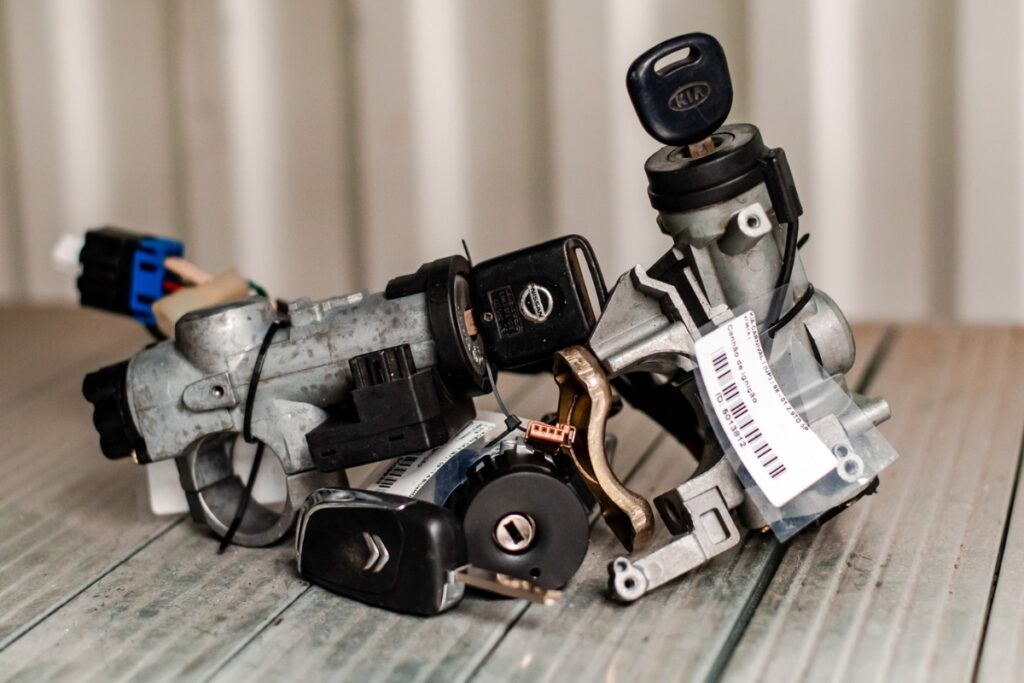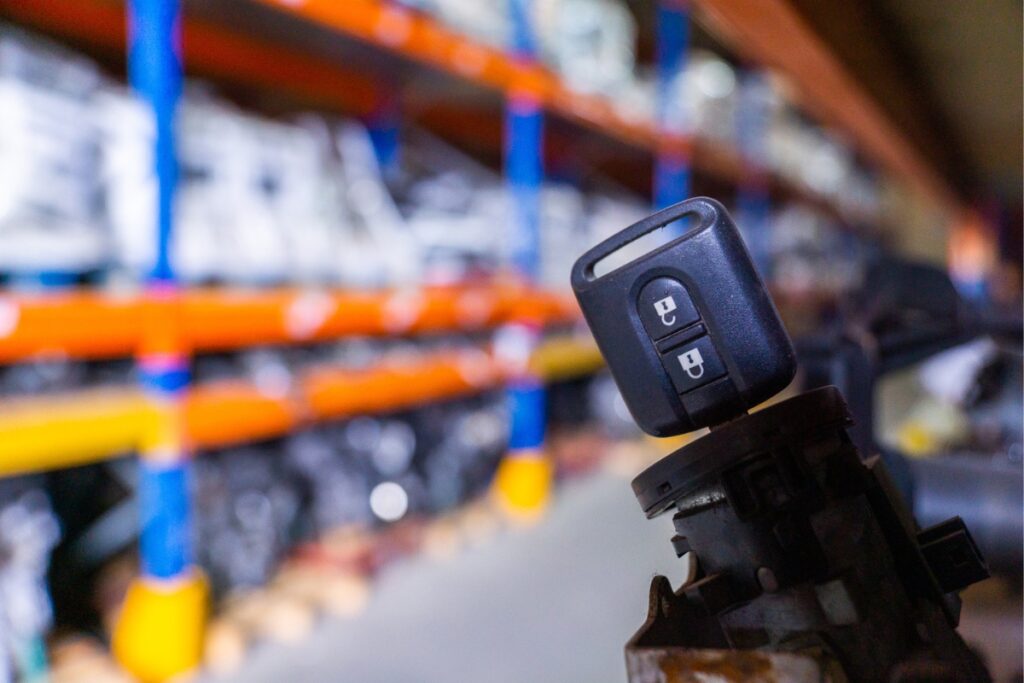Picture this: you're rushing to get to work, already running late, and when you turn the key in the ignition, nothing happens. You try again, but the engine refuses to crank. A quick inspection reveals an issue with the ignition system. While replacing the ignition barrel might solve the immediate problem, chances are you’ll still end up being late.
But why does this happen? And more importantly, how can you prevent it from happening in the first place?
In this article, we'll explore the significance of the ignition system and offer practical advice on maintaining it. Additionally, we’ll walk you through the process of replacing the ignition barrel yourself. If you’re interested in learning more about car maintenance, you might also want to read our guide on protecting your car's engine.
Read also: Engine Control Unit: What It Is, Features, and Common Failures
Tips to Prevent Damage to Your Ignition Cylinder
Your car’s ignition cylinder is the cylindrical component that houses the key and allows you to start the engine. Even though many modern vehicles now use push-button starters instead of traditional keys, the ignition cylinder remains essential for many older models.
Most ignition systems have four key positions: unlock the steering wheel, turn on accessories like lights, activate the fuel system and onboard electronics, and finally, start the engine. If the ignition cylinder malfunctions, it can disrupt the entire system, leaving you stranded. To avoid costly repairs, keep an eye out for early warning signs of failure. Here are four practical tips to help you maintain your ignition system.

Keep Your Keychain Light
Do you carry a bulky keychain loaded with multiple keys, a bottle opener, and maybe even a flashlight? While convenient, this setup can put undue stress on your ignition system over time.
Each time you insert or remove the key from the ignition, the added weight and friction can wear down both the key and the ignition cylinder. This gradual wear might eventually lead to issues such as the key failing to turn properly or becoming stuck in the ignition.
To minimize these risks, consider using a simple keyring that holds only your car key. Alternatively, attach your car key to your main keychain with a detachable clip so that you can easily separate it when needed. This way, you reduce the strain on your ignition while still keeping track of all your keys.
Use the Right Key
It may sound obvious, but using the wrong key can cause significant damage to your ignition system. Many people own multiple cars or share keys within their households, leading to confusion between similar-looking keys.
While it’s easy to mix up keys, forcing the wrong one into the ignition can cause irreparable harm. Instead of applying excessive force, take a moment to double-check whether you’re using the correct key. If it doesn't work, don't push harder—simply step back and reassess the situation.
Read also: Understanding the Engine Control Unit: Its Functions and Troubleshooting
Avoid Excessive Force
We’ve all been guilty of venting frustration on our car keys at some point. Whether it’s due to a stressful day or simply impatience, turning the key with excessive force can lead to permanent damage.
Over time, harsh movements can weaken the internal components of the ignition system, making it less reliable. To avoid unnecessary wear and tear, always handle your key gently when inserting or removing it from the ignition.
Check the Steering Wheel Position
Did you know that the position of your steering wheel can affect your ignition system? If the steering wheel is locked or slightly turned after you shut off the engine, it can interfere with the ignition mechanism.
To prevent this, gently wiggle the steering wheel back and forth before attempting to start the car. This ensures the ignition lock isn’t obstructed by the steering column. Additionally, avoid twisting the key excessively during startup to minimize the risk of damaging the ignition barrel.

Read also: Alternator: What It Is and How It Works
Step-by-Step Guide to Changing the Ignition Barrel
Once you’ve learned how to care for your ignition system, let’s dive into the practical aspect of replacing the ignition barrel. For this example, we’ll use a Volvo XC60, which uses a card-based ignition system rather than a physical key.
All you’ll need is a basic screwdriver. Follow these steps carefully:
- Begin by disconnecting the car battery. Safety first! Turn off the engine and disconnect the negative terminal of the battery at least an hour before beginning this repair.
- Remove any protective plastic covers around the ignition area.
- Loosen the screws securing the ignition assembly using the screwdriver.
- Insert the card or key into the ignition slot and carefully pull out the old ignition barrel.
- Disconnect the electrical wires attached to the barrel and set them aside.
- Attach the new ignition barrel by connecting the wires securely.
- Slide the new barrel into place and align it with the designated slots.
- Tighten the screws with the screwdriver to secure the barrel.
- Replace the protective plastic cover.
- Reconnect the car battery and test the ignition by inserting the card or key.
Still unsure? Watch this detailed video tutorial below for visual guidance.
Looking for a replacement ignition barrel for your vehicle? Visit our website to browse options for over 60 car brands, including more than 20,000 models.
Aluminum Casting Box, Engine Die Casting Housing, Aluminum Die Casting Engine Part, Oem Aluminum Die Casting
Ningbo Xuao Machinery Co.,Ltd , https://www.xuao-machinery.com